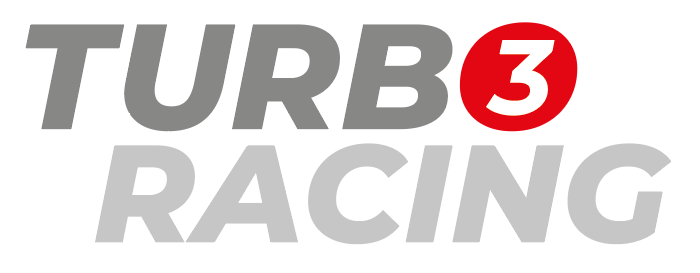How have tractor emissions been regulated?
Manufacturers today face new challenges to reduce emissions and fuel consumption from tractors. In fact, the European Stage V regulation comes into force, which further reduces the maximum limit of exhaust gas emissions compared to Stage IV.
The European regulations foresee a series of steps (Stage means “phase”) from I to V, to reduce emissions and represent the equivalent of the American Tier regulations. The common goal is to reduce pollutant emissions from non-road mobile machines, in particular in relation to carbon monoxide (CO), nitrogen oxides (NOx), unburned hydrocarbons (HC) and particulates (PM).
History of the regulation
The history of these regulations begins in 1996, when the European Parliament and the United States Environmental Protection Agency (EPA) introduced the Stage I and Tier 1 regulations, respectively, to establish a limit on polluting emissions from non-road mobile machines. – Therefore, cars are excluded which, on the other hand, in Europe are regulated by the Euro standards (from Euro 0 to Euro 6).
After more than 20 years of the introduction of these regulations, the results can be seen: some sources estimate that with Stage V the emissions will be less than 98% compared to those of the engines of the 90s.
Approved in 2016, the European Stage V regulation enters into force on January 1, 2019. Only media equipped with motors with power between 56 kW and 130 kW are excluded, for which Stage V limits will be mandatory from January 1, 2020.
These dates are followed by an 18-month transition period that allows producers to adapt to the regulations by adopting engines that respect the new standards.
The challenge for manufacturers: Develop new technologies
To respond to these regulations, manufacturers of agricultural machinery have begun to seekincreasingly advanced technological solutions.. The challenge is to reduce emissions while maintaining efficiency, without increasing consumption or affecting the dimensions of the engine – in fact, introducing new devices requires more space.
The solutions adopted foresee the use ofdifferent types of technologies:
- SCR (Selective Catalytic Reduction)optimizes combustion processes and reduces NOx in exhaust gases thanks to the injection of AdBlue®, an aqueous solution based on urea that transforms harmful gases into harmless elements.
- EGR (Exhaust gas recirculation, exhaust gas recirculation)It is a system that allows to redirect a part of the exhaust gases to reduce the Nox. EGR is often used with DOC or DPF after-treatment systems to reduce particulate emissions.
- DOC (Diesel Oxidation Catalyst) is a catalyst that transforms harmful components in exhaust gases into harmless elements.
- DPF (Diesel Particulate Filter) is aparticle filter that separates the exhaust gases from the particles. Pollutant particles are trapped on the filter walls.
The technological challenge continues, because introducing new emission control devices requires more space – and space is a very precious resource that can have a major impact on the structure of the tractor.
For this reason, advanced engineering solutions have been sought to optimize engine spacesmore and more efficientlyand cope with higher internal loads.
McCormick tractors are Stage V emission compliant to reduce pollutants with advanced solutions. The new engines are now available in the series X7.6 P6-Drive,X7.6 VT-Drive and in the powerful X8 VT-Drive, with systems that integrate SCR and DOC.













